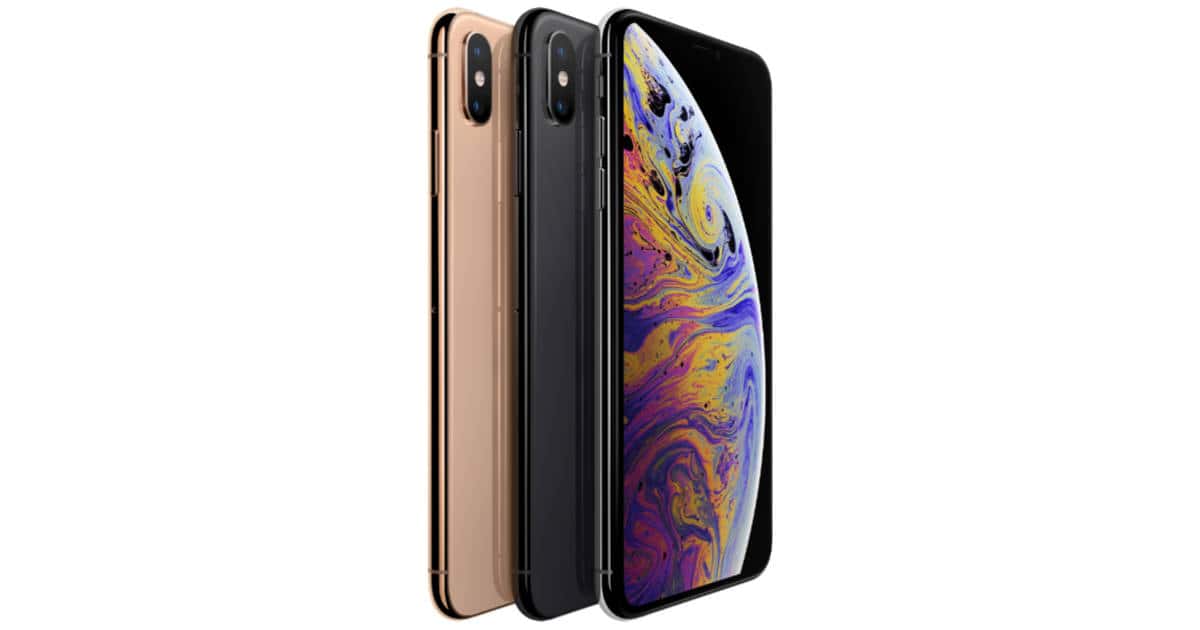Popular activity monitoring app Strava has partnered with the ski and snowboard iOS and Apple Watch app Slopes.
Apple Watch
February is Heart Month for Apple Watch Users
Apple announced that February is Heart Month, and during the month there will be Activity Challenges on Apple Watch.
PUMA Announced Apple Watch Connected, Self-Lacing, Running Shoes
PUMA unveiled its first PUMA Fi self-lacing shoes that can be controlled via a smartphone or Apple Watch app.
iPhone, Apple Watch: The New Tricorder
9to5Mac writes: “Apple has been granted a patent today which illustrates how future products such as iPhone, iPad or Apple Watch could have built-in sensors to detect harmful, poisonous gasses, such as CO…” [and others.] Now we’re getting into Star Trek’s Tricorder territory. I expect these kind of technical advances to continue. Early earthquake warnings?
Apple and Valencell Settled their Patent Dispute
Biometric firm Valencell and Apple have settled a long-running patent dispute. MacRumors confirmed that that the lawsuit was settled in September 2018. Valencell provides the optical heart rate monitoring and biometric sensors in a number of devices. It claimed Apple solicited information about its technology on the pretense of a potential licensing agreement in the run-up to launching the Apple Watch.
The biometric company also accused Apple of deciding it was more financially beneficial to risk infringing on Valencell’s patents than to license them, claiming that the practice was “consistent with the statement by Apple CEO Steve Jobs that Apple has ‘always been shameless about stealing great ideas.'” Valencell had requested a preliminary and permanent injunction preventing future acts of infringement, as well as damages and an ongoing royalty rate for licensing purposes should a permanent injunction not be granted.
Apple, Johnson & Johnson, Partner on Stroke Prevention Study
It’s not known how many participants will be in the study, or how long the study will run.
IBM PC Unboxing, Interpreting Watch Data – TMO Daily Observations 2019-01-16
Kelly Guimont has Bryan Chaffin and Andrew Orr on to discuss the state of IBM PC packaging and how to interpret Apple Watch heart rate data.
Apple Watch Could Soon Come to Medicare
Apple is in talks with at least three private Medicare plans to subsidize the Apple Watch for at-risk seniors.
How to Understand Apple Watch Heart Rate Data
Beth Skwarecki wrote a helpful article explaining how to understand Apple Watch heart rate data and what all the numbers mean.
Some major caveats on everything we’re about to say: first, everybody is different, so if your numbers are higher or lower than you’d expect, there isn’t necessarily anything wrong with you. There’s a wide range of normal.
Control Your OhMiBod Vibrator With Your Apple Watch
You can now control your OhMiBod vibrator using your Apple Watch. The sex toy company recently released a Watch app with this feature.
Apple's Close Your Rings Page Updated With Testimonials
Apple’s Close Your Rings page has been updated with testimonials from athletes and how they use the Activity app.
Qualcomm vs Apple, Apple Watches vs ERs – TMO Daily Observations 2018-12-27
Today Andrew Orr joins host Kelly Guimont to discuss Qualcomm’s request to jail Apple lawyers, and the impact of Apple Watch data on ERs.
ECG App in use, What Apple Should Do in 2019 – TMO Daily Observations 2018-12-10
Join host Kelly Guimont as she talks to Bryan Chaffin and John Martellaro about the new ECG App and what Apple needs to do next year.
How to Set Up ECG on Apple Watch Series 4
Check out the new ECG app on the Series 4 Apple Watch, complete with setup tips and more information on how it works.
iOS: How to Find Your iPhone with Your AirPods
Got an Apple Watch? You can use it to ping a lost iPhone in your house. But did you know that you can do that with your AirPods, too, assuming they’re set up to do so? You can, and we’ve got the trick to it in today’s Quick Tip!
watchOS 5.1.2 Brings ECG Function to Series 4
watchOS 5.1.2 is rolling out to everyone, and if you’re the owner of the Apple Watch Series 4 you’ll be getting the ECG heart functionality.
ECG App for Apple Watch Series 4 Coming with watchOS 5.1.2
Apple Store training documents have revealed that watchOS 5.1.2 will bring previously announced ECG functionality to the Apple Watch.
Apple's Black Friday Is Here and Mostly Ho-Hum
Apple has never been big on sales, but there’s something about making everything but the newest models eligible for gift cards extra insulting.
United Healthcare Offers Free Apple Watch to Customers
Participants in its health rewards program can “walk off” the cost of an Apple Watch, priced at US$300.
Spotify Apple Watch App Debuts Today
The new integration with Apple Watch makes accessing your recently played songs simple, even with your phone in your pocket.
A Glimpse at Spotify on the Apple Watch
Spotify for the Apple the Apple Watch is on its way but a first look shows that the functionality is pretty basic at this stage.
Stanford Reveals Details Behind Apple Heart Study
The latest details of the Apple Heart Study have been revealed by Apple and Stanford University.
Get Ready for the 2018 Veterans Day Activity Challenge
It sounds like you should expect an alert for the challenge on or around November 8.
Apple Watch Q4 2018 Sales Jump 50%
Apple Watch sale are on the rise with Apple CEO Tim Cook saying they climbed 50% during the company’s fourth fiscal quarter.











